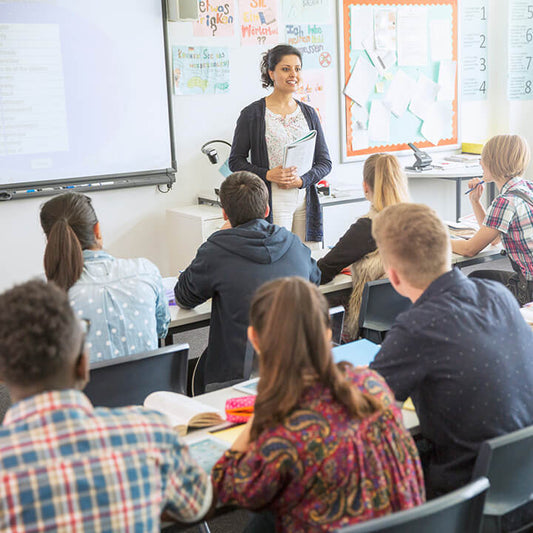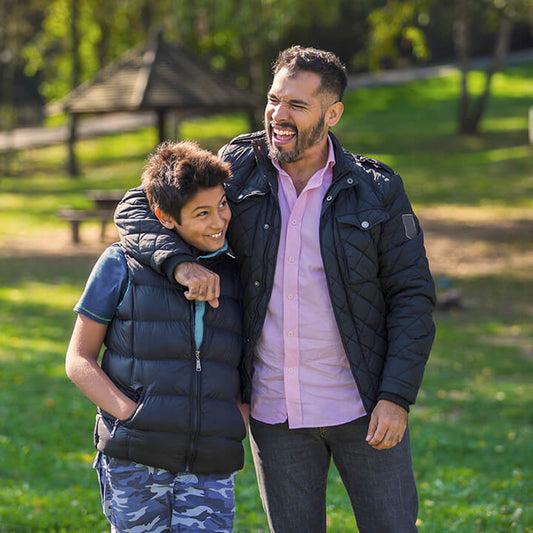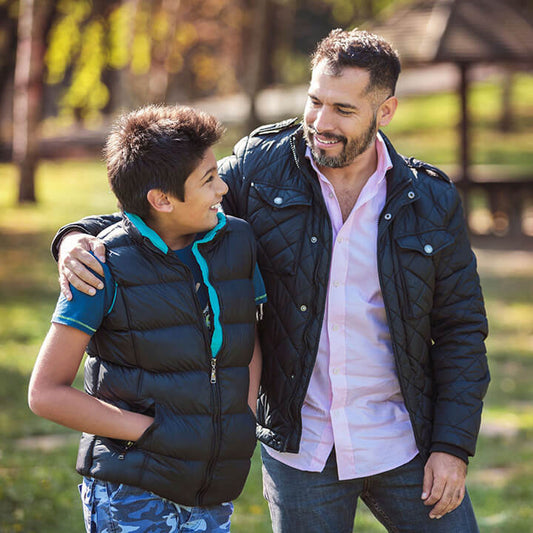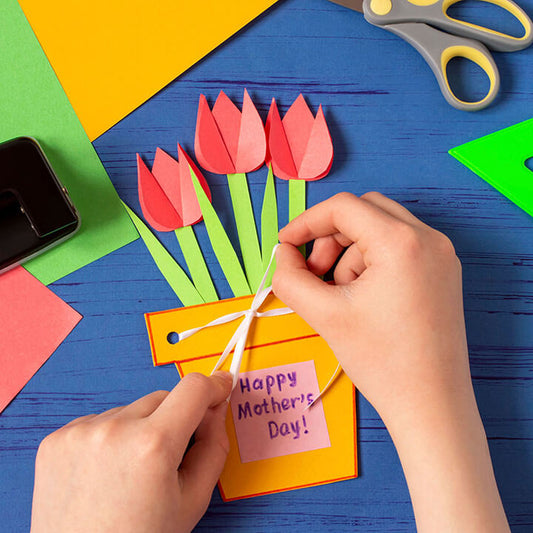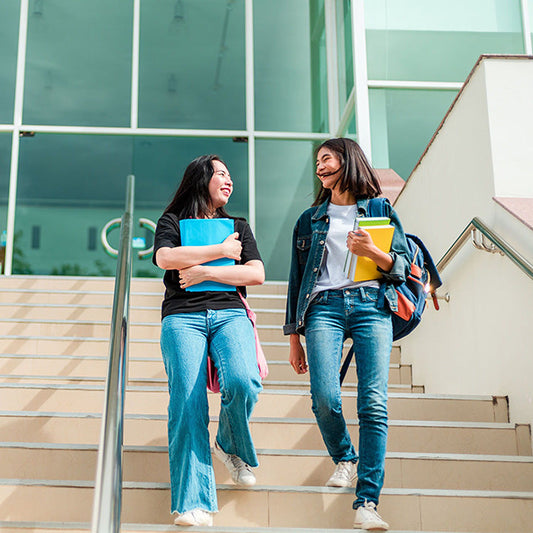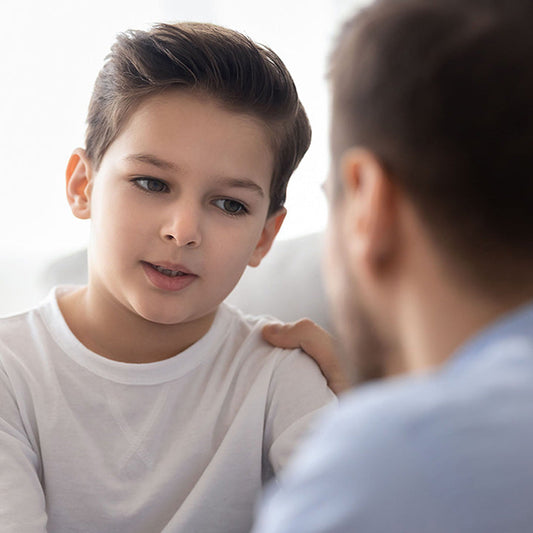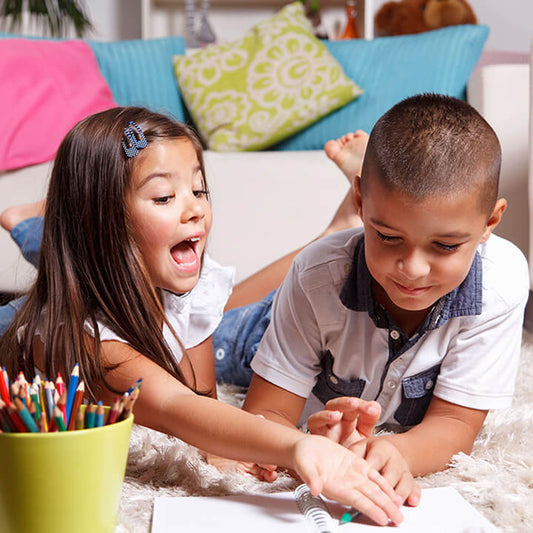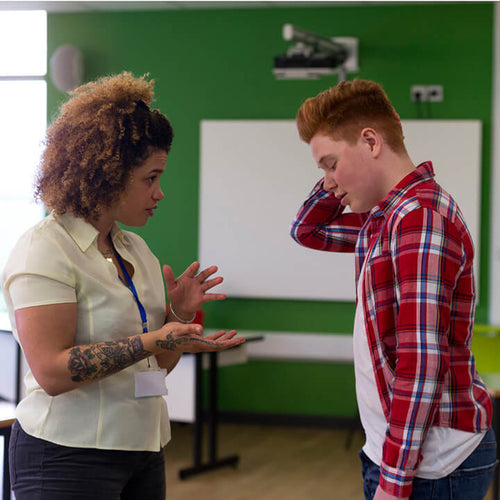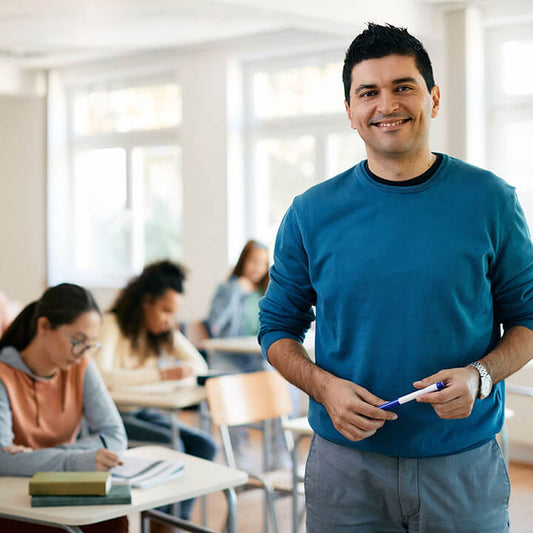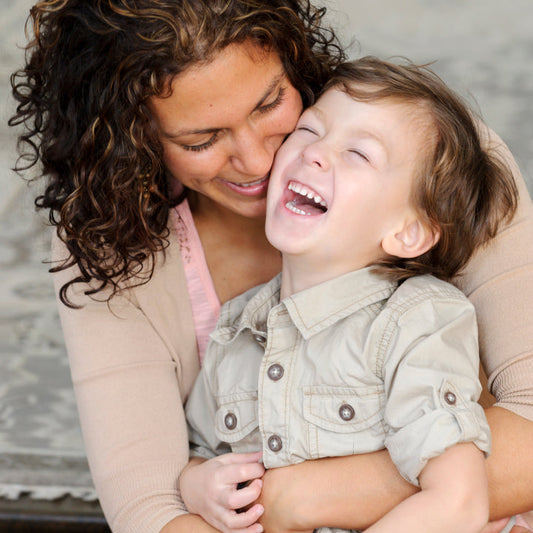Because empathy is so important for using Love and Logic techniques effectively, it is one of the skills in the 9 Essential Skills for the Love and Logic Classroom® curriculum. In fact, we believe that lack of empathy is the primary reason so many adult-child interactions become adversarial and dysfunctional.
Why Empathy Works in the Classroom?
Empathy works in the classroom because it creates a calm, respectful environment where students feel understood. Over the years, we have learned that the most successful teachers always lead with a strong dose of empathy, or sadness, before they deliver consequences. When teachers respond with genuine empathy to the problems of their students, they preserve dignity, lower stress, and help them take responsibility for their actions.
The Brain Science Behind Empathy
The amazing power of empathy stems from the way our brains work. When empathy is used with students, it keeps them in the prefrontal cortex—the part of the brain responsible for reasoning, impulse control, and decision-making—by avoiding the activation of the amygdala, the center of the brain’s fight-or-flight response. Without empathy, discipline feels like a threat and causes students to shut down, resist, or act out. But when a teacher says, “That’s really sad,” or “Let me know how I can support you,” the emotional tension is diffused.
Empathy vs. Sympathy: A Crucial Distinction
Love and Logic teachers also make sure that they use empathy and avoid sympathy. There is an important difference between the two, and how they affect kids.
- Sympathy tells kids that we feel so sad for them that we must rescue them.
- Empathy sends a message that we care about how kids feel, but we will not rescue them from their problems or poor decisions.
Empathy nurtures personal responsibility and healthy self-esteem; sympathy tends to erode self-worth and lead to learned helplessness. Sympathy often results in excusing behavior or rescuing students from consequences. Empathy, on the other hand, supports students in owning their behavior—while knowing they’re not alone.
Benefits of Empathy in Teaching
Studies have shown that when empathy is used consistently, children benefit from enhanced social-emotional learning, improved emotional regulation, and a decreased risk of behavioral issues. Empathy is far more beneficial than anger for the emotional health of kids and it can improve cognitive skills, learning, and bonding.
A Calmer, More Effective Classroom
Empathy will help you create a calmer classroom and enhance the ability of your students to learn. It allows your students to spend more time in their “thinking mode” and less time in the “fighting mode.”
Teachers who use empathy as part of their behavior management techniques often report greater cooperation, reduced defiance, and a more positive classroom climate.
Learn More
You can learn more about how to create a calm classroom and nurture a genuine learning environment in our classic book, Teaching with Love and Logic. This book is used in numerous college and university education programs around the country and has given many new teachers effective tools for classroom management.
Thanks for reading!



















